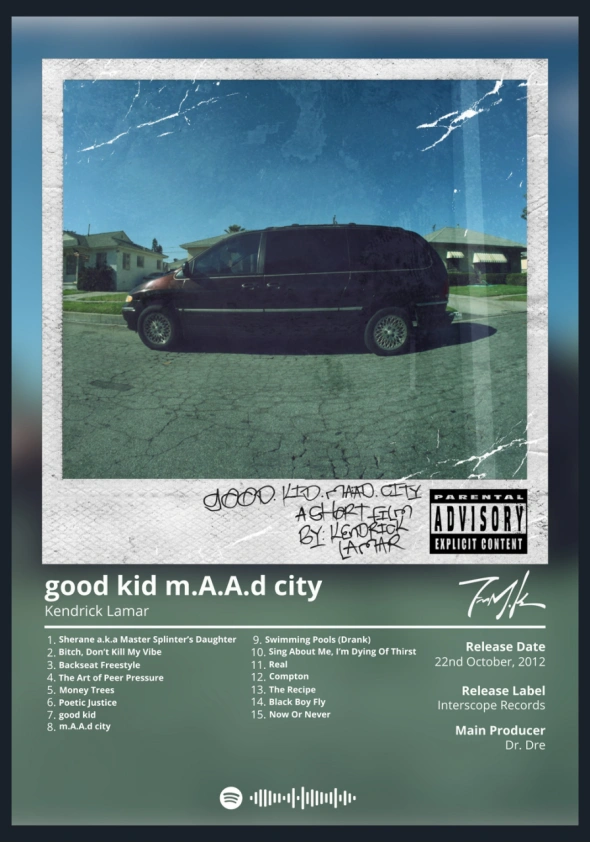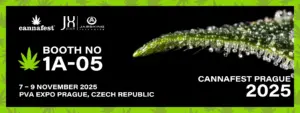What began as a simple high school code among five friends in 1970s California has evolved into one of the most recognizable symbols in global cannabis culture. The story of 420 transcends its humble origins to become a defining force in marijuana advocacy, commerce, and community building worldwide. This journey from secretive teenager slang to an internationally celebrated phenomenon reveals the power of grassroots culture to create lasting social movements.
The True Origins of 420
The Waldos: Where It All Began
The authentic story of 420 begins in 1971 with five high school students from San Rafael, California, who called themselves “The Waldos”—a nickname derived from their favorite hangout spot, a wall outside their school. Steve Capper, Dave Reddix, Jeffrey Noel, Larry Schwartz, and Mark Gravich were typical teenagers who stumbled upon what would become a global cultural phenomenon.
The group received word of an abandoned cannabis crop somewhere in the nearby Point Reyes Peninsula. Armed with a hand-drawn treasure map created by the grower, they devised a plan to find this legendary stash. They chose 4:20 PM as their meeting time at the Louis Pasteur statue on the grounds of San Rafael High School—a time strategically selected after sports practice but before parents returned home from work.
“4:20 Louis” became their secret code phrase in school hallways. After several unsuccessful expeditions to locate the mythical crop, the group eventually shortened their phrase to simply “420,” which evolved into their general code word for cannabis consumption. Though they never found the abandoned plants, they had unknowingly created a cultural touchstone that would resonate for decades.
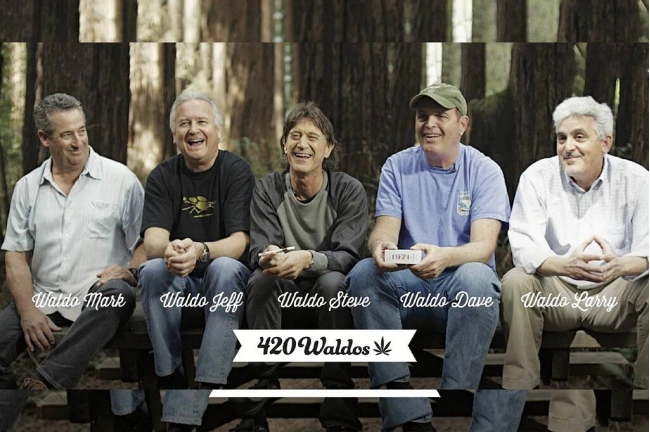
Debunking the Myths
The true origin story of 420 has been obscured by numerous myths that gained traction over the years. Common misconceptions include claims that 420 was a police code for marijuana possession, that it referenced the number of chemical compounds in cannabis, or that it connected to Adolf Hitler’s birthday. Another persistent myth suggested it derived from multiplying the numbers in Bob Dylan’s “Rainy Day Women #12 & 35” (12 × 35 = 420).
These fabricated origins demonstrate how quickly misinformation can spread when authentic stories aren’t widely known. The police code theory, in particular, gained such widespread acceptance that even High Times magazine initially published it as fact in 1991 before later correcting the record. Understanding the difference between these myths and the documented history of the Waldos is crucial for appreciating how authentic grassroots culture develops.
From Local Code to Cultural Movement
The Grateful Dead Connection
The transformation of 420 from local high school slang to a broader cultural phenomenon required the perfect vehicle for distribution—which came in the form of the Grateful Dead. The connection wasn’t coincidental; Dave Reddix’s older brother managed real estate for the Grateful Dead and was friends with bassist Phil Lesh. Through these family connections, the term began circulating among the band’s inner circle in the late 1970s.
The Grateful Dead’s constant touring schedule and devoted following of “Deadheads” created an ideal network for spreading cultural symbols. The band’s community represented a traveling counterculture that carried 420 across the United States and eventually worldwide. Deadheads used “420” as a discrete code to communicate about cannabis consumption, and the term’s association with this prominent cultural movement provided it with a platform to reach vast audiences.
This connection illustrates how music culture serves as a powerful vector for social and linguistic innovation. The Grateful Dead’s unwitting endorsement of 420 helped transition the term from a local joke to a global signal for marijuana use, demonstrating the band’s significant influence beyond their musical contributions.
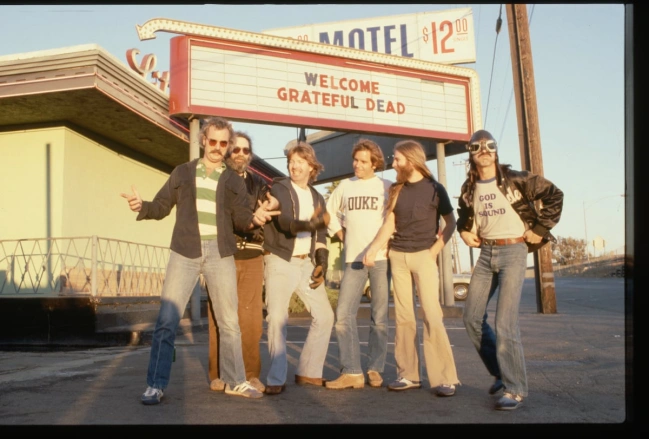
High Times Magazine and Mainstream Recognition
The pivotal moment in 420’s mainstream emergence occurred in the early 1990s when High Times magazine discovered the term. Reporter Steve Bloom received a flyer at a Grateful Dead concert that invited people to smoke “420” on April 20th at 4:20 PM. Though the flyer incorrectly attributed the term’s origin to a police code, High Times published it and began incorporating “420” into their content.
High Times’ influence in cannabis culture cannot be overstated. As the premier publication for marijuana enthusiasts, the magazine’s adoption of 420 legitimized the term and introduced it to readers worldwide. By the mid-1990s, after conducting their own investigation, High Times correctly credited the Waldos as the true originators, helping establish the authentic historical record.
This media adoption represents a crucial phase in cultural evolution—the transition from underground terminology to semi-mainstream recognition. High Times served as a bridge between subcultural knowledge and broader public awareness, transforming 420 from insider slang into a widely recognized cultural marker.
The Digital Age Expansion
The internet era accelerated 420’s global spread exponentially. Online cannabis communities, forums, and social media platforms provided unprecedented opportunities for the term to cross geographical and cultural boundaries. Digital culture democratized access to cannabis information and community, allowing 420 to become truly international.
Memes, hashtags, and viral content featuring 420 references helped cement the term’s place in popular culture. The internet’s capacity for rapid information sharing meant that 420 could spread faster and more widely than ever before, reaching communities that had no direct connection to California’s counterculture or the Grateful Dead scene.
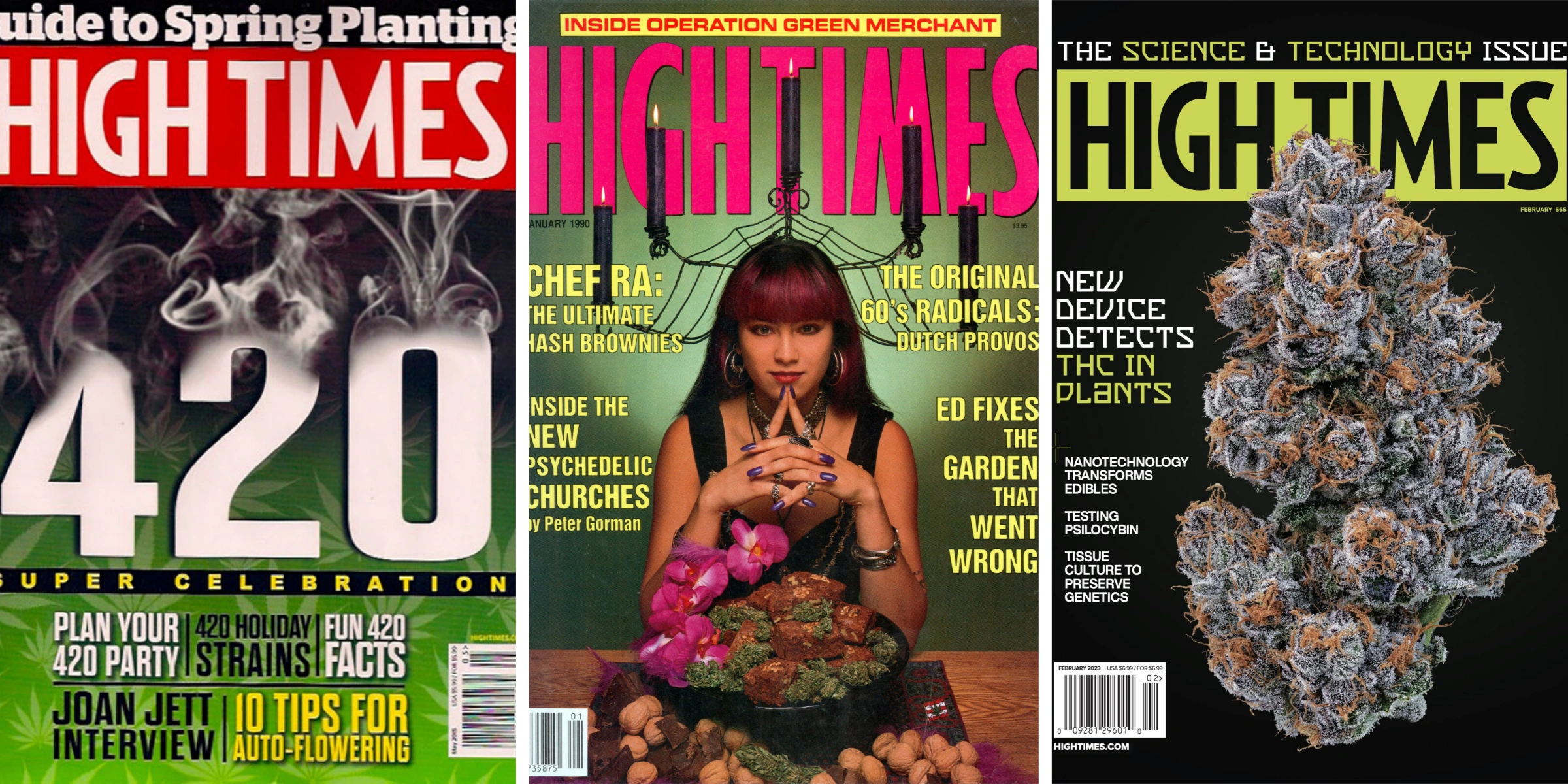
420 as Cultural Phenomenon
April 20th: The High Holiday
What began as a daily meeting time eventually evolved into an annual celebration on April 20th. The transition from 4:20 PM as a time to smoke to April 20th as a day of celebration represents the natural evolution of cultural practices. By the 1990s, April 20th had become an unofficial holiday for cannabis enthusiasts worldwide.
The scale of modern 420 celebrations is remarkable. In 2017, approximately 15,000 people gathered in San Francisco’s Golden Gate Park to participate in the annual 420 celebration, creating a massive cloud of cannabis smoke visible from the University of California, San Francisco, half a mile away. This event exemplifies how 420 has transformed from intimate gatherings to massive public demonstrations.
Global celebrations now span from San Francisco’s Golden Gate Park to Amsterdam’s coffee shops, from Vancouver’s massive outdoor festivals to London’s Hyde Park gatherings. These events typically feature live music, speakers, vendors, and educational components, creating festival-like atmospheres that combine celebration with activism.
Language and Identity
The linguistic evolution of 420 extends far beyond the original term. “420-friendly” has become standard terminology in housing advertisements, dating profiles, and business descriptions. This linguistic expansion demonstrates how 420 has become a cultural identifier that allows individuals to signal their cannabis acceptance or usage to others.
The term functions as both an in-group marker and a bridge to mainstream society. For cannabis users, 420 references create instant community recognition and shared identity. For those outside the community, the term provides a relatively mainstream way to engage with cannabis culture without using more stigmatized language.
This evolution reflects broader changes in cannabis acceptance. As marijuana becomes more socially acceptable, 420 has evolved from a secretive code to an open cultural identifier, marking the shift from underground to mainstream cannabis culture.
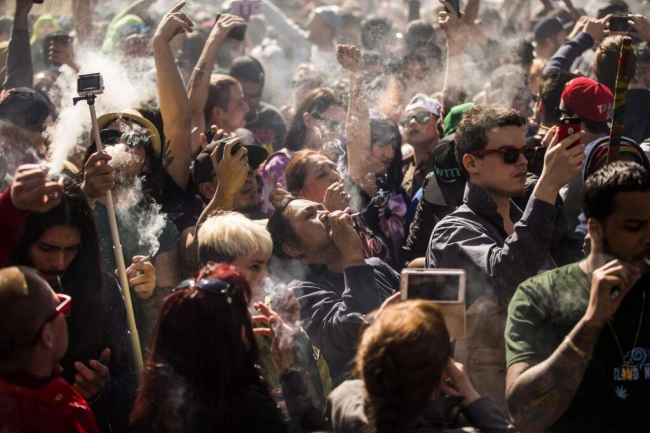
Cinematic Integration and Cultural Storytelling
The influence of 420 on creative expression spans multiple mediums, with cinema serving as one of its most powerful vehicles for cultural dissemination. Classic films like “Dazed and Confused” (1993) and “Half Baked” (1998) established the foundation for cannabis culture representation by showcasing the relaxed, community-oriented aspects of marijuana use. These early portrayals moved beyond simple stereotypes to present cannabis consumption as a social bonding experience among diverse characters.
The evolution of 420 in film demonstrates a sophisticated progression from counterculture representation to mainstream acceptance. “Pulp Fiction” famously features multiple clocks set to 4:20, while “Fast Times at Ridgemont High” incorporates the reference through a football game score of 42-0. These subtle integrations demonstrate how filmmakers began embedding 420 references as cultural easter eggs for initiated audiences, creating layers of meaning that reward cannabis-literate viewers.
More recent productions like “Pineapple Express” (2008) transformed cannabis culture into action-comedy spectacle, while maintaining authentic relationships between characters who bond over shared consumption experiences. The film’s success demonstrated that 420-themed content could achieve both critical acclaim and commercial success, paving the way for more sophisticated cannabis narratives in mainstream cinema.
Television programming has proven equally influential in normalizing 420 culture. “That ’70s Show” regularly featured cannabis references through its comedic narrative structure, introducing 420 concepts to primetime audiences in an accessible, humorous context. The long-running series “Weeds” (2005-2012) elevated cannabis culture beyond stereotypical portrayals by exploring the complex business, legal, and social dimensions of marijuana commerce through the lens of suburban family dynamics.
Contemporary streaming series like “Broad City” (2014-2019) revolutionized cannabis representation by featuring successful, professional women who integrate marijuana use into productive, fulfilling lifestyles. This portrayal directly challenged traditional “lazy stoner” stereotypes by demonstrating how cannabis consumption can coexist with career success and active social engagement.
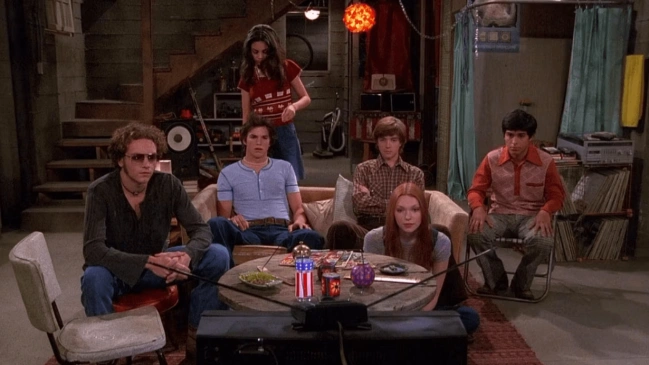
Musical Expression Across Genres and Generations
Hip-hop culture has developed perhaps the most extensive vocabulary of 420 references, with artists using the term as shorthand for relaxation, creativity, and community bonding. Beyond simple mentions, many hip-hop tracks incorporate 420 themes into complex lyrical narratives about personal growth, social commentary, and artistic inspiration. The genre’s embrace of 420 extends beyond recreational references to include discussions of cannabis as medicine, spiritual practice, and economic opportunity.
Rock music’s relationship with 420 reflects the broader cultural evolution from 1960s counterculture to contemporary acceptance. Grateful Dead’s role in spreading the original term represents just one aspect of rock’s ongoing relationship with cannabis culture. Modern rock artists continue incorporating 420 themes into concept albums, festival performances, and collaborative projects that celebrate cannabis as a creative catalyst.
Reggae music’s spiritual and cultural connection to cannabis creates natural alignment with 420 celebrations, with artists like Bob Marley becoming posthumous symbols of the holiday’s deeper meaning. Contemporary reggae artists continue this tradition by using 420 as a platform for discussing cannabis as sacrament, medicine, and tool for social consciousness.
Electronic music culture has embraced 420 through specialized event programming, with DJs and producers creating specific playlists, remixes, and original compositions designed for April 20th celebrations. Festival culture increasingly incorporates 420 themes into large-scale productions that combine multiple artistic disciplines around cannabis appreciation.
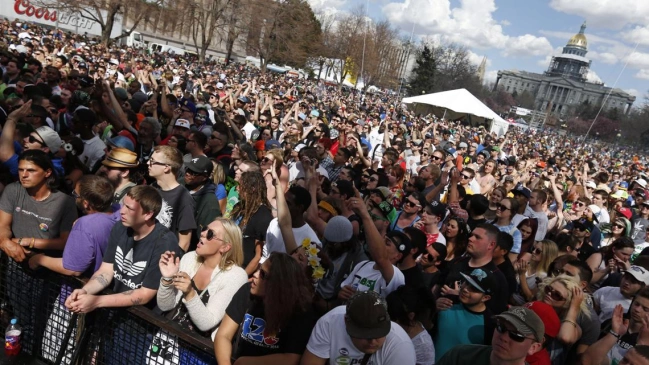
Visual Arts and Design Revolution
The visual representation of 420 has undergone dramatic transformation from counterculture symbols to sophisticated design systems. Traditional cannabis imagery relied heavily on green color palettes, obvious leaf symbols, and references that appealed primarily to existing enthusiasts. Contemporary cannabis branding demonstrates how creative professionals are revolutionizing these visual approaches.
Pentagram’s design work for Snoop Dogg’s “Leafs by Snoop” brand exemplifies this evolution by transforming the familiar cannabis leaf into faceted golden rays that suggest luxury and sophistication rather than counterculture rebellion. This approach maintains connection to cannabis culture while appealing to broader consumer demographics seeking premium experiences.
Professional branding agencies now specialize in cannabis visual identity, developing comprehensive design systems that balance cultural authenticity with commercial viability. The 420 Science brand refresh demonstrates how established cannabis companies evolve their visual presentations to maintain relevance in increasingly competitive markets. Their approach involved creating unified icon families, coordinated color palettes, and flexible design systems that work across multiple product categories while maintaining brand recognition.
Contemporary cannabis packaging design increasingly emphasizes transparency, sustainability, and educational value rather than traditional 420 imagery. Brands like ISLAND intentionally avoid obvious cannabis references, instead using design language borrowed from outdoor lifestyle brands to appeal to active, health-conscious consumers who integrate cannabis into broader wellness practices.
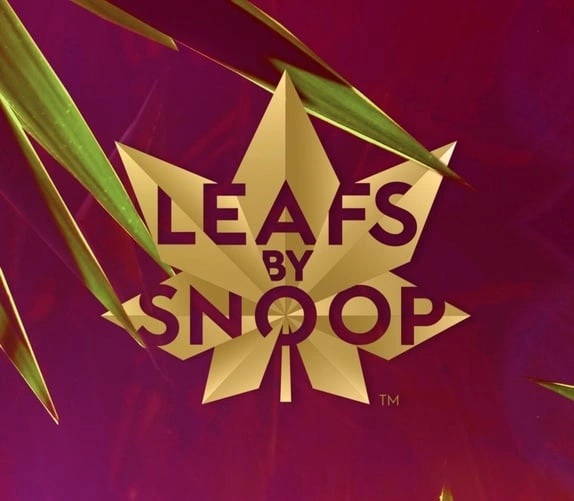
Media Normalization and Cultural Integration
The integration of 420 references into mainstream media represents a crucial phase in cultural acceptance. Major publications now regularly feature April 20th content without editorial concern about controversial subject matter. This normalization process demonstrates how subcultural symbols achieve mainstream recognition through consistent, positive media representation.
Stock photography services have evolved to include authentic representations of diverse cannabis users, replacing dated stereotypical imagery with photographs of real people integrating cannabis into professional, family, and social contexts. StockPot Images, launched in 2015, specifically addresses the lack of accurate visual representation by featuring 240 photographers and over 20,000 images of actual cannabis users rather than actors portraying stereotypical roles.
Social media platforms have created new venues for 420 cultural expression through hashtag communities, user-generated content, and brand storytelling that reaches global audiences instantly. These digital spaces allow for more nuanced conversations about cannabis culture that extend far beyond simple celebration to include education, advocacy, and community building.
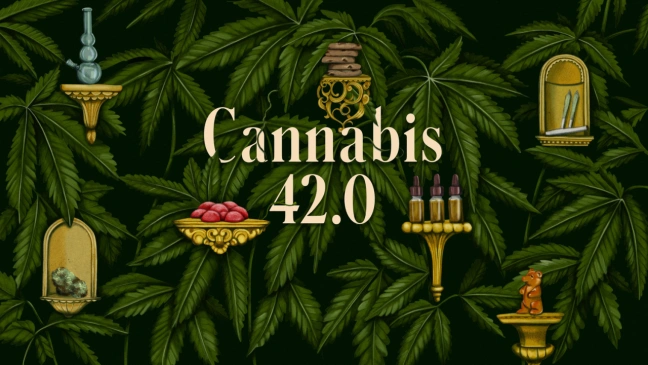
Artistic Authenticity Versus Commercial Appropriation
The tension between authentic cultural expression and commercial exploitation creates ongoing debates within cannabis creative communities. Traditional advocates worry that mainstream media adoption dilutes authentic 420 meaning by reducing complex cultural phenomena to marketing opportunities. This concern reflects broader questions about who controls cultural narratives as they transition from underground to mainstream acceptance.
Creative professionals working in cannabis industries must navigate these authenticity questions while developing content that serves both cultural and commercial purposes. Successful approaches often involve collaboration with original culture bearers, investment in community education, and commitment to values beyond profit maximization.
The artistic representation of 420 has evolved into sophisticated cultural commentary that addresses social justice, medical access, criminal justice reform, and economic equity issues. Contemporary artists use 420 themes to explore complex social dynamics rather than simply celebrating consumption, demonstrating how cultural symbols mature to encompass broader societal concerns.
This creative evolution continues reshaping public perception of cannabis culture by presenting nuanced, diverse perspectives that challenge reductive stereotypes while honoring the grassroots communities that created 420’s original meaning. The artistic legacy of 420 demonstrates how authentic cultural movements can maintain their core values while adapting to serve broader social purposes.
